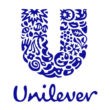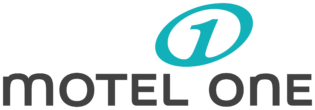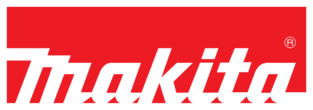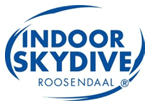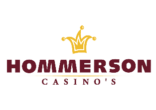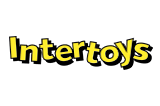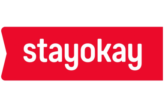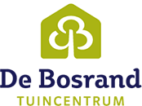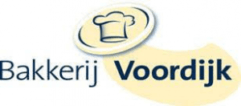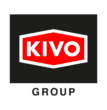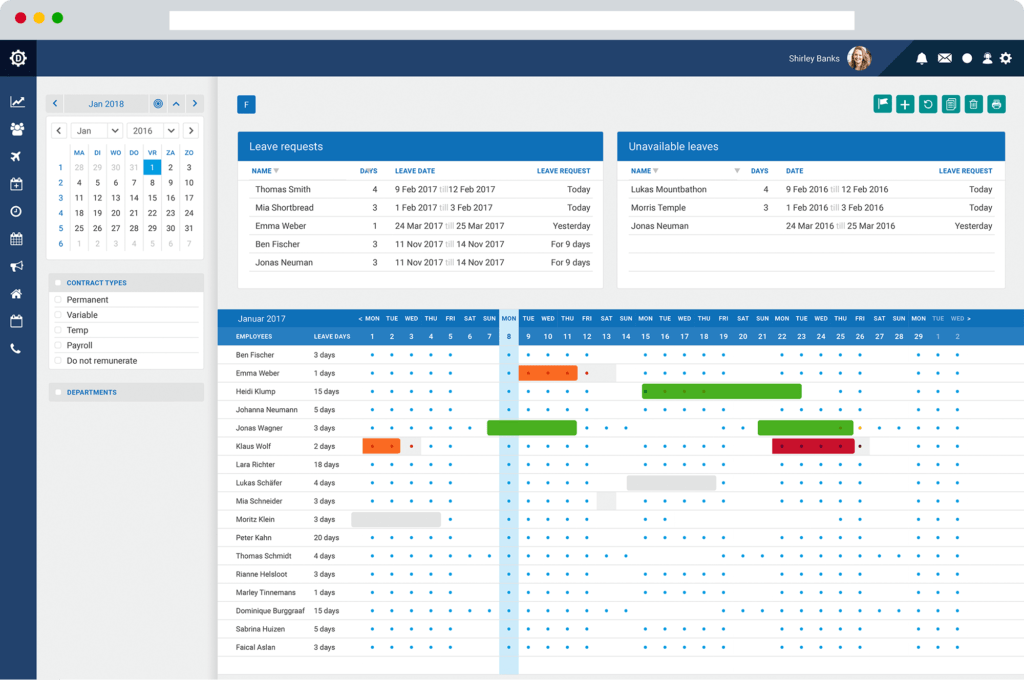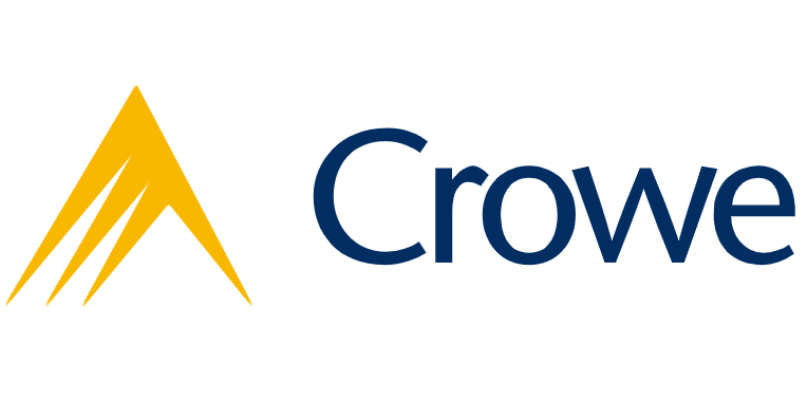Time and attendance tracking
Time and attendance tracking software
Dyflexis effortlessly records the working times of employees. At the same time you can keep track of time-off, overtime, sickness and leave time.
Efficient time registration
In Dyflexis you will find a handy overview for time registration. The hours can be entered manually or automatically registered by the Rex-O-Matic, our own time clock. You can see the clocked times in one clear overview next to the scheduled times. The system immediately shows when more or less work has been done than planned. If necessary, you can adjust the hours to be paid on the basis of the time registration.
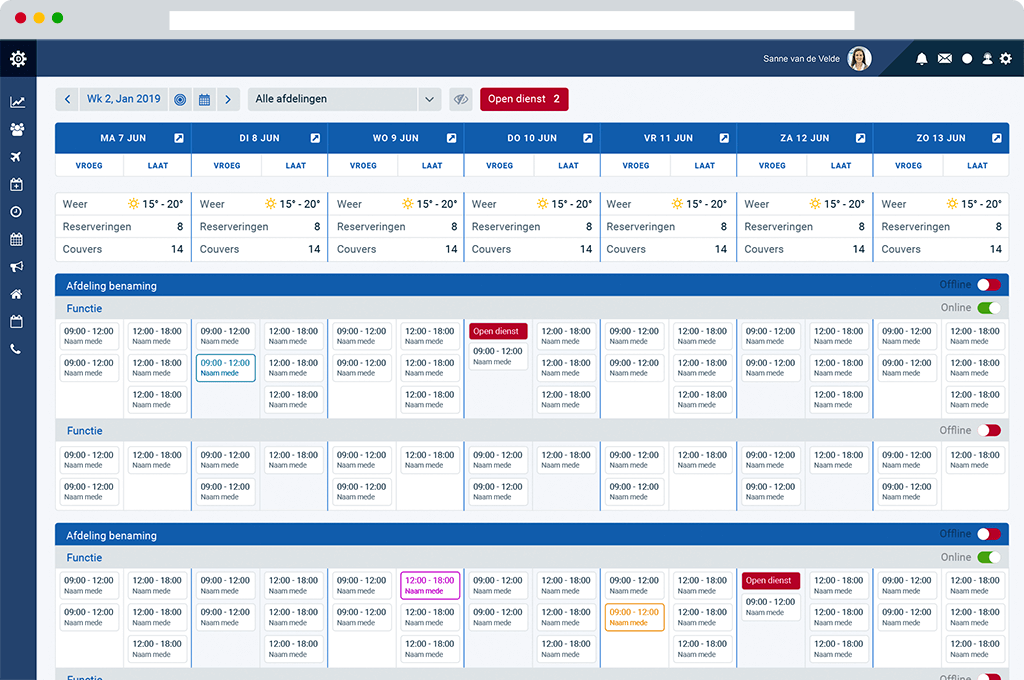
Time clock system
Dyflexis can be expanded with the Rex-O-Matic NOA, our own time clock system. By scanning a personal card, such as an OV chip card or bank card, employees can register the start and end time of their shifts within seconds. Private, but not privacy sensitive. The recorded times are immediately shown in Dyflexis. Because Dyflexis and the Rex-O-Matic NOA are fully integrated, planned and actual hours worked can be compared at a glance.
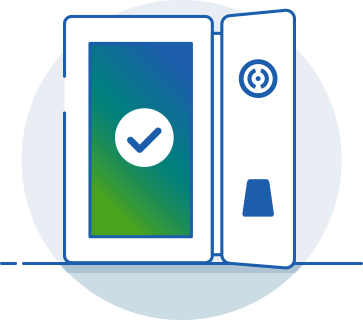
Frequently Asked Questions
Time registration means keeping track of how much time is spent on a certain activity. Time can be registered in a number of different ways. Examples include manually entering the time spent in an app or software on a desktop computer, or using a clocking system.
The reasons why time registration is important differ from organisation to organisation. Dyflexis enables you to:
- measure how long certain activities take in order to improve productivity
- keep track of whether employees work a sufficient number of hours and whether their working hours are in accordance with the Working Hours Act (registration of the latter is compulsory according to EU law)
There are also software packages that allow you to:
- show a customer how many hours have been spent
- for the purpose of invoicing, measure how much time has been spent on a project
Via the app, your staff can easily carry out their own time registration, even if employees are working at another location. They simply enter the number of hours they have worked, after which the registered number of hours only needs to be approved by an administrator.
Yes, time registration for your employees is subject to legislation. According to the Dutch Working Hours Act, you are required to register the actual number of hours worked, the number and duration of actual rest periods and the number of what the Act refers to as fictitious working hours (e.g. sick leave and holidays). This way, the Social Affairs and Employment Inspectorate can check whether legislation is being complied with and whether employees do not exceed their maximum number of hours.
There are different options that you can choose from. One possibility is to register the number of hours worked in an Excel file. However, that is a time-consuming and error-prone process. A better solution is to use time registration software such as Dyflexis. If you combine this with an integrated clock-in system, time registration becomes a breeze. In that case, employees register their start and end time by means of a pass or badge. When the Dyflexis clock-in system is used, employees can clock in and out using a personal pass such as their public transport chip card.
Time logging, time registration and time tracking all mean the same thing: keeping track of how much time is spent on a certain activity. Time registration is the most commonly used term.


